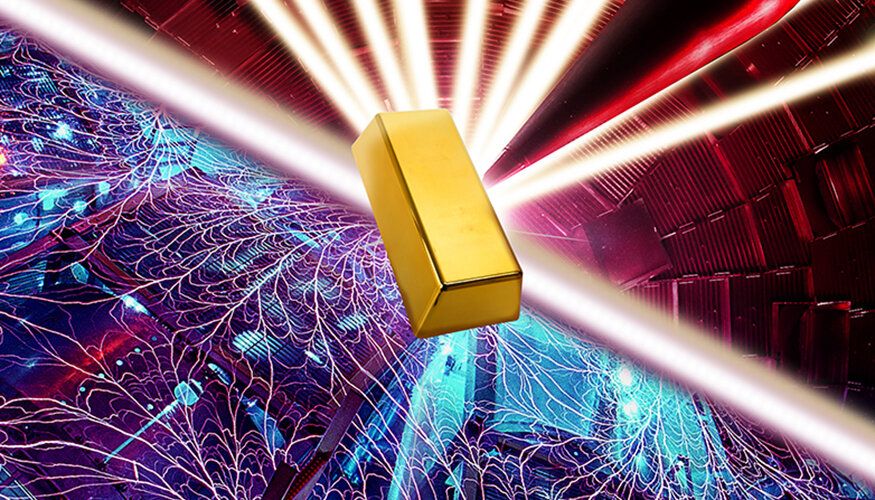To test the Standard Model of particle physics, scientists often collide particles using gigantic underground rings. In a similar fashion, high-pressure physicists compress materials to ever greater pressures to further test the quantum theory of condensed matter and challenge predictions made using the most powerful computers.
Pressures exceeding 1 million atmospheres are capable of dramatically deforming atomic electronic clouds and alter how atoms are packed together. This leads to new chemical bonding and has revealed extraordinary behaviors such as helium rain, the transformation of sodium into a transparent metal, the emergence of superionic water ice and the transformation of hydrogen into a metallic fluid.
With new techniques constantly advancing the frontier of high–pressure physics, terapascal (TPa) pressures that were once inaccessible can now be achieved in the laboratory using static or dynamic compression (1 TPa is equivalent to approximately 10 million atmospheres).
